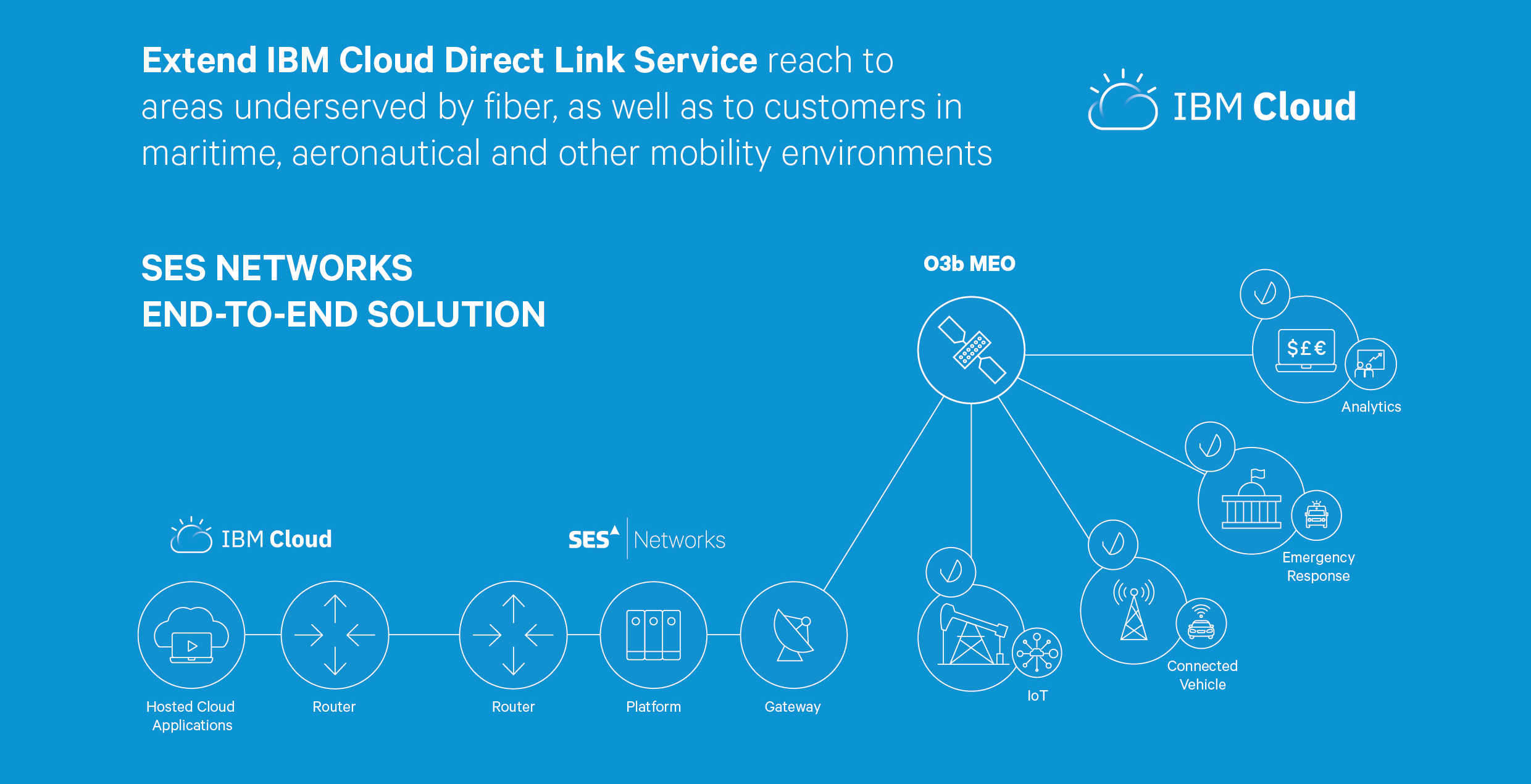What is IBM Cloud Global Infrastructure?
IBM Cloud Global Infrastructure serves as the backbone of IBM’s cloud-based services and solutions, offering a robust, secure, and scalable foundation for businesses and developers. This expansive network encompasses data centers, bare metal servers, and network services strategically distributed worldwide. Understanding the IBM Cloud Global Infrastructure is crucial for those looking to leverage its offerings, as it empowers businesses to reduce latency, improve performance, and ensure regulatory compliance.
Key Components of IBM Cloud Global Infrastructure
IBM Cloud Global Infrastructure comprises several essential components that work in harmony to provide a seamless experience for users and businesses. These components include data centers, bare metal servers, and network services. By understanding each component’s role, businesses can optimize their utilization and leverage the full potential of IBM Cloud’s offerings.
Data Centers
IBM Cloud operates a vast network of data centers worldwide, strategically located to minimize latency and maximize performance. These data centers house the physical infrastructure required to support cloud-based services and solutions, ensuring businesses have access to robust, secure, and scalable resources.
Bare Metal Servers
IBM Cloud Bare Metal Servers are dedicated, physical servers designed to provide flexibility, security, and power. These servers are ideal for businesses requiring high-performance resources for their applications and services, as they offer direct access to the server’s hardware without the need for virtualization layers.
Network Services
IBM Cloud Network Services provide businesses with advanced connectivity and security features, ensuring seamless communication between applications and services. These services include load balancing, VPNs, and content delivery networks (CDNs), which help optimize network performance, enhance security, and ensure reliable data transfer.
Geographic Coverage and Data Center Distribution
IBM Cloud Global Infrastructure boasts an extensive geographic reach, with data centers strategically distributed worldwide. This global presence offers numerous benefits for businesses, including reduced latency, improved performance, and regulatory compliance.
Reduced Latency
By having data centers in various locations, IBM Cloud Global Infrastructure can minimize the distance between users and the services they access. This proximity results in reduced latency, ensuring faster data transfer and improved user experience.
Improved Performance
Data centers close to the target audience can provide better performance due to the reduced latency mentioned earlier. Moreover, businesses can distribute their workloads across multiple data centers, ensuring optimal performance and resilience.
Regulatory Compliance
IBM Cloud Global Infrastructure’s global presence enables businesses to comply with data sovereignty regulations by hosting their data in specific geographic locations. This compliance is crucial for industries with strict data handling requirements, such as finance and healthcare.
IBM Cloud Bare Metal Servers: A Closer Look
IBM Cloud Bare Metal Servers are physical servers designed to provide businesses with flexible, secure, and powerful resources for their applications and services. These servers offer direct access to the hardware without virtualization layers, ensuring optimal performance and control.
Purpose
IBM Cloud Bare Metal Servers cater to businesses requiring high-performance resources for their applications and services. They are ideal for demanding workloads, big data processing, and AI/ML applications that necessitate direct access to the server’s hardware.
Advantages
Bare Metal Servers offer several advantages, including:
- High Performance: Direct access to the server’s hardware ensures optimal performance and reduced latency.
- Security: Bare Metal Servers provide an isolated environment, minimizing the risk of shared vulnerabilities found in virtualized environments.
- Flexibility: Businesses can customize their server configurations to meet their specific needs, including CPU, memory, and storage options.
Use Cases
IBM Cloud Bare Metal Servers are suitable for various use cases, such as:
- High-Performance Computing: Demanding workloads, such as scientific simulations and CAD, can benefit from the raw power provided by bare metal servers.
- Big Data Processing: Businesses dealing with large datasets can leverage bare metal servers for faster data processing and analysis.
- AI/ML Applications: Artificial intelligence and machine learning applications often require direct access to hardware resources, making bare metal servers an ideal choice.
IBM Cloud Network Services: Connectivity and Security
IBM Cloud Network Services play a crucial role in the IBM Cloud Global Infrastructure, offering advanced connectivity and security features that help businesses optimize their network performance, enhance security, and ensure seamless communication between applications and services.
How to Leverage IBM Cloud Global Infrastructure for Your Business
IBM Cloud Global Infrastructure offers a robust, secure, and scalable foundation for businesses looking to leverage cloud-based services and solutions. To effectively utilize this global infrastructure, follow this step-by-step guide, which includes tips on choosing the right services, optimizing performance, and ensuring security.
Step 1: Assess Your Business Needs
Begin by evaluating your business requirements, such as application performance, data security, and regulatory compliance. This assessment will help you determine the most suitable IBM Cloud services for your organization.
Step 2: Choose the Right Services
IBM Cloud Global Infrastructure provides various services, including data centers, bare metal servers, and network services. Select the services that align with your business needs and objectives. For instance, consider using bare metal servers for high-performance workloads or network services to optimize connectivity and security.
Step 3: Optimize Performance
To ensure optimal performance, distribute your workloads across multiple data centers, leverage content delivery networks (CDNs) for faster content delivery, and utilize load balancing to distribute network traffic evenly. Additionally, monitor performance metrics regularly to identify potential bottlenecks and address them promptly.
Step 4: Ensure Security
IBM Cloud Global Infrastructure offers robust security features, such as encryption, firewalls, and access control. Implement these features to protect your data and applications from unauthorized access and ensure compliance with industry regulations.
Step 5: Monitor and Adjust
Regularly monitor your infrastructure’s performance and security to identify areas for improvement. Adjust your configurations as needed to maintain optimal performance, security, and compliance. Stay informed about new features and updates in the IBM Cloud Global Infrastructure to take advantage of advancements that can benefit your business.
Real-World Use Cases: Success Stories from IBM Cloud Global Infrastructure
Discover how businesses have successfully leveraged IBM Cloud Global Infrastructure to address their unique challenges and achieve remarkable results. These success stories demonstrate the power and flexibility of IBM Cloud’s offerings.
Case Study 1: Media Company Boosts Content Delivery
A media company faced challenges delivering content to users worldwide, experiencing high latency and slow load times. By implementing IBM Cloud’s Content Delivery Network (CDN) service, the company significantly improved content delivery speeds, enhancing user experience and engagement.
Case Study 2: Financial Institution Strengthens Security
A financial institution required a more secure infrastructure to protect sensitive data and comply with strict regulations. By utilizing IBM Cloud’s bare metal servers and network services, the organization strengthened its security posture, ensuring regulatory compliance and safeguarding customer data.
Case Study 3: E-commerce Platform Scales Rapidly
An e-commerce platform experienced rapid growth, struggling to scale its infrastructure to meet increasing demand. By leveraging IBM Cloud’s global data centers and load balancing services, the company scaled its infrastructure efficiently, ensuring high availability and performance during peak usage periods.
Future Trends and Innovations in IBM Cloud Global Infrastructure
IBM Cloud Global Infrastructure is continuously evolving, incorporating cutting-edge technologies and advancements to enhance its offerings. Stay ahead of the curve by understanding the future trends and innovations shaping the IBM Cloud Global Infrastructure landscape.
Edge Computing
Edge computing enables data processing and analysis closer to the source, reducing latency and improving performance. IBM Cloud Global Infrastructure is embracing edge computing, offering businesses the opportunity to leverage this technology for IoT, AI, and real-time analytics applications.
5G Networks
The advent of 5G networks promises faster data transfer speeds, lower latency, and improved connectivity. IBM Cloud Global Infrastructure is preparing for this revolution by integrating 5G networks into its infrastructure, allowing businesses to harness this technology for enhanced cloud services and solutions.
AI-Driven Infrastructure Management
Artificial intelligence and machine learning are being integrated into IBM Cloud Global Infrastructure management, enabling automated resource allocation, predictive maintenance, and real-time performance optimization. This AI-driven approach will empower businesses to make data-driven decisions and maximize their infrastructure’s potential.






